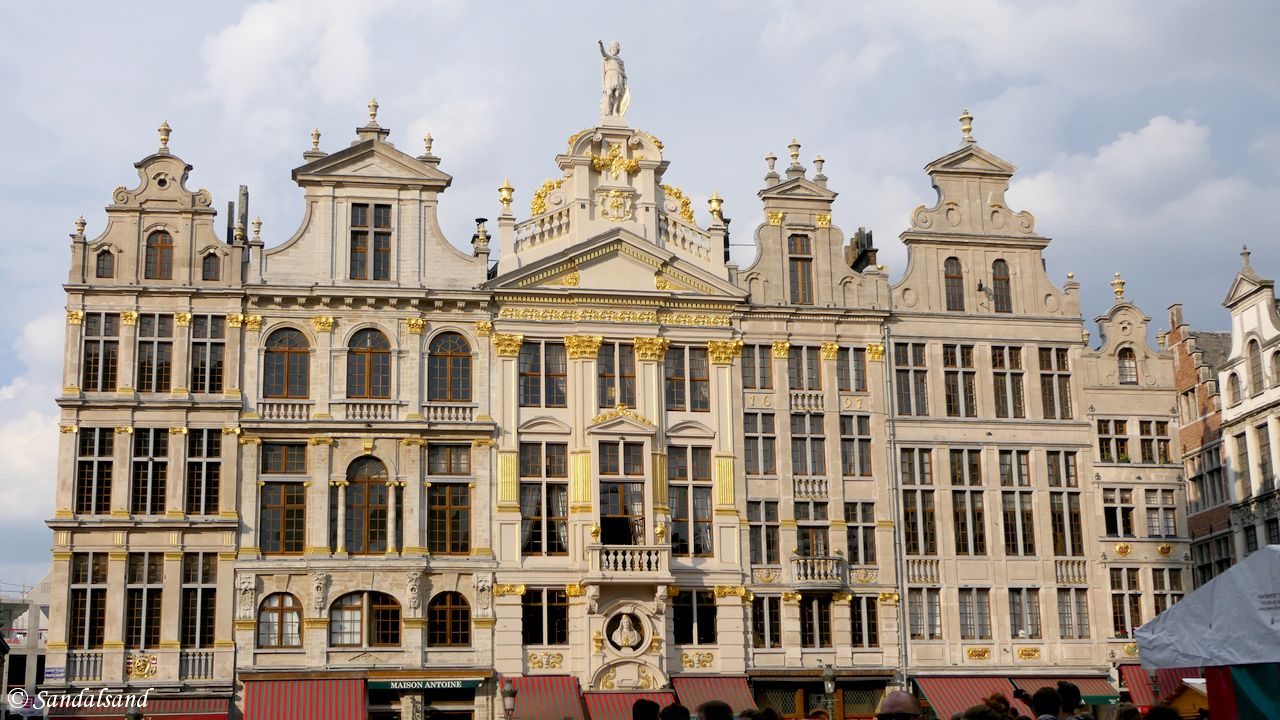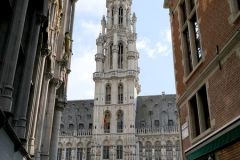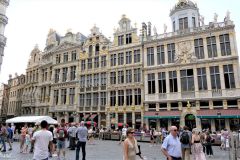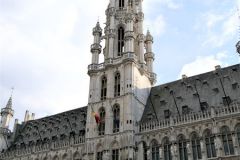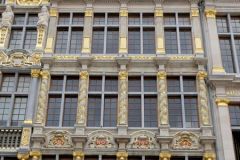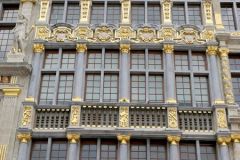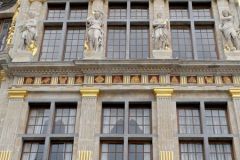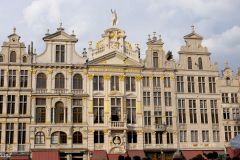I can’t really think of many squares on the Heritage List, and La Grand-Place in Brussels is indeed quite extraordinary.
The UNESCO World Heritage List includes more than a thousand properties with outstanding universal value. They are all part of the world’s cultural and natural heritage.
Official facts
- Full name of site: La Grand-Place, Brussels
- Country: Belgium
- Date of Inscription: 1998
- Category: Cultural site
UNESCO’s World Heritage Centre’s description of site no. 857:
La Grand-Place in Brussels is a remarkably homogeneous body of public and private buildings, dating mainly from the late 17th century. The architecture provides a vivid illustration of the level of social and cultural life of the period in this important political and commercial centre.
Around a cobbled rectangular market square, La Grand-Place in Brussels; the earliest written reference to which dates back to the 12th century; features buildings emblematic of municipal and ducal powers, and the old houses of corporations. An architectural jewel; it stands as an exceptional and highly successful example of an eclectic blending of architectural and artistic styles of Western culture; which illustrates the vitality of this important political and commercial centre.
The Grand-Place testifies in particular to the success of Brussels, mercantile city of northern Europe that, at the height of its prosperity, rose from the terrible bombardment inflicted by the troops of Louis XIV in 1695. Destroyed in three days, the heart of the medieval city underwent a rebuilding campaign conducted under the supervision of the City Magistrate; which was spectacular not only by the speed of its implementation, but also by its ornamental wealth and architectural coherence. Today the Grand-Place remains the faithful reflection of the square destroyed by the French artillery and testifies to the symbolic intentions of the power and pride of the Brussels bourgeois who chose to restore their city to its former glory rather than rebuild in a contemporary style, a trend commonly observed elsewhere.
My visit
I was in 1990 on an InterRail passing through Belgium and Brussels and spent a night here. In 2017 I returned and the square looked the same. It is so beautiful that I can’t find the proper words to describe my impressions then and now. Below are a few images taken during my latest visit.
